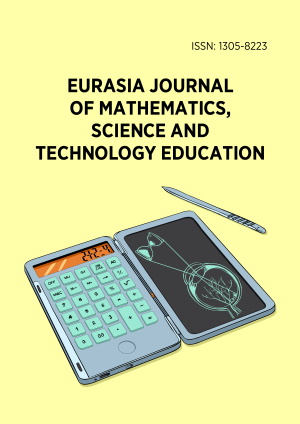Abstract
The integration of creativity in mathematics has been the subject of extensive scholarly and applied discourse. The positioning of learning that fosters creativity through mathematical lateral thinking problems (MLTP), or problems with multiple or unexpected solutions, has, however, not disclosed much about the exploration of teachers’ orientation and action. Semi-structured interviews and teaching observation were used in this qualitative descriptive study. Two mathematics teachers were chosen using purposive sampling techniques. Six categories on orientation components of pedagogical content knowledge, i.e., teachers’ knowledge about the concepts, aims, topic and students’ category, examples, procedures, and integration of MLTP, are used as interview and observation guidelines. By classifying the findings, the data were descriptively examined. MLTP can fosters students’ creativity and aligns with the curriculum. The fundamentals of number operations were a crucial first ability. Learners with intermediate to upper cognitive capacities will benefit more from the dynamic integration of MLTP. The dynamic stage of perception, challenge, alternatives, and harvesting could be used to foster creativity through the solving of open-ended, semi-unexpected, and unexpected problems. Supporting the effective use of creativity in the classroom requires professional development for teachers that focusses on problems development that addressing creativity.
License
This is an open access article distributed under the Creative Commons Attribution License which permits unrestricted use, distribution, and reproduction in any medium, provided the original work is properly cited.
Article Type: Research Article
EURASIA J Math Sci Tech Ed, Volume 21, Issue 2, February 2025, Article No: em2574
https://doi.org/10.29333/ejmste/15913
Publication date: 02 Feb 2025
Article Views: 583
Article Downloads: 458
Open Access References How to cite this article
 Full Text (PDF)
Full Text (PDF)